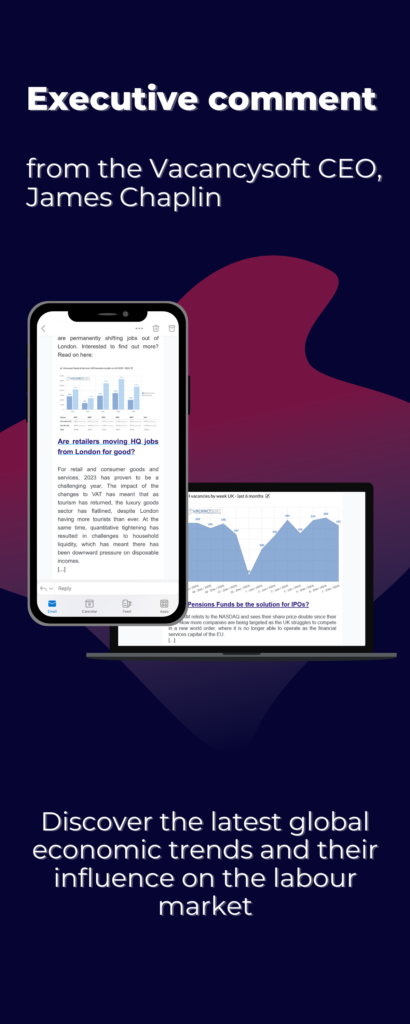
Key performance indicators are a critical way of measuring business performance, but they can equally be easily misused and create unnecessary friction in the workplace. Given recruiters are typically on a high bonus, low base structure, many would argue most KPIs are not necessary: if they don’t perform, they won’t earn anyway. The challenge therefore for managers is to have KPIs in place which not only
In the first instance, managers should think through how KPIs are used internally. For example, call logs or meeting targets to assess productivity can be good, but only if the consultant is rewarded financially when they hit those. A KPI which only has a negative consequence if not
With that in mind, business managers should decide what KPIs are essential and whether the priority is inputs or outcomes. They should also decide whether they are purely looking at internal metrics or whether they factor in external market conditions.
For example, if you have a member of your team who is responsible for managing certain key accounts and you see that the number of instructions you have taken from that company has increased year on year, without context that is a meaningless statistic. Your client could have doubled the number of jobs they have on, but your consultant could have missed out on all but a few of them. In that scenario, even though their KPI metric shows the number of jobs instructed for this client increasing, arguably they should be doing better.
In the same way, if you have a consultant who has been struggling to get any instructions with a client, if it turns out the client had been subject to potential acquisition and so had frozen all hiring across the board, arguably the KPIs are irrelevant. What is needed is data showing what the clients are up to, so you can look to allocate resources more effectively and prioritise the right clients. Fill rates are a good way of keeping track of that: if the quarterly rolling fill rate starts dipping significantly, it could well be that internally hiring managers have been mandated to stall recruitment.
One other interesting KPI with your clients to keep an eye out for is their annual Companies House returns. Any UK business with over £10m turnover is legally required to file full audited accounts, meaning that you can see their profit and loss, balance sheet and changes year on year. With that in mind, if you analyse your larger clients by looking at them in terms of their annual growth rate. That gives you the capability to then determine which clients you should be prioritising and looking to win more work for and which you may be spending too much effort on.
For a free consultation on how we can help with your growth planning, please do contact us


